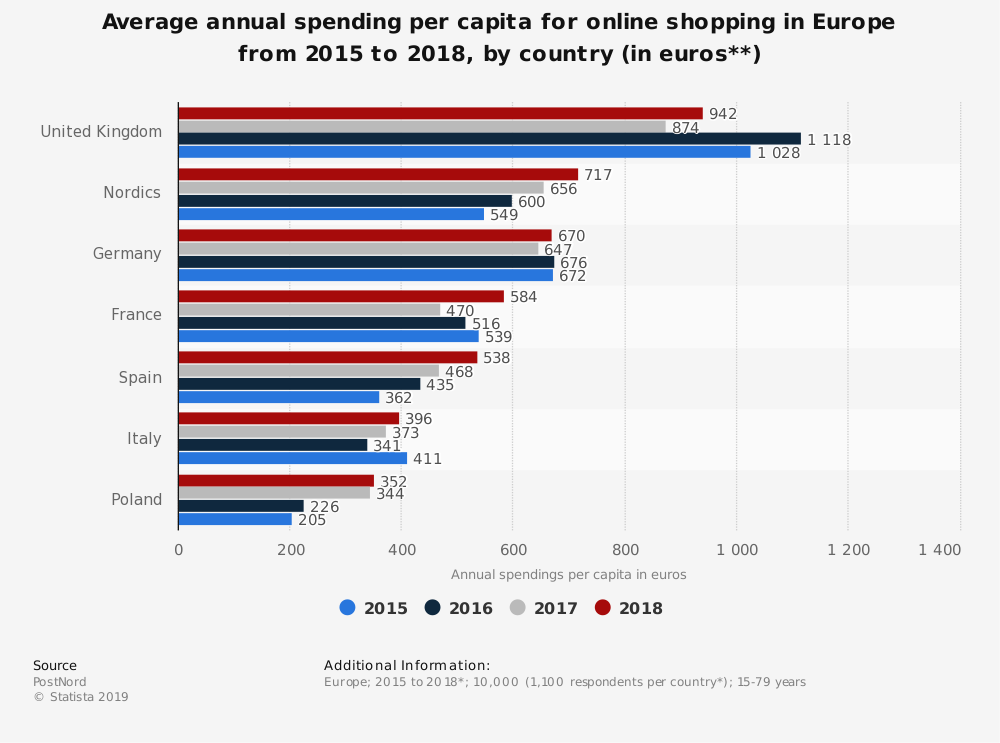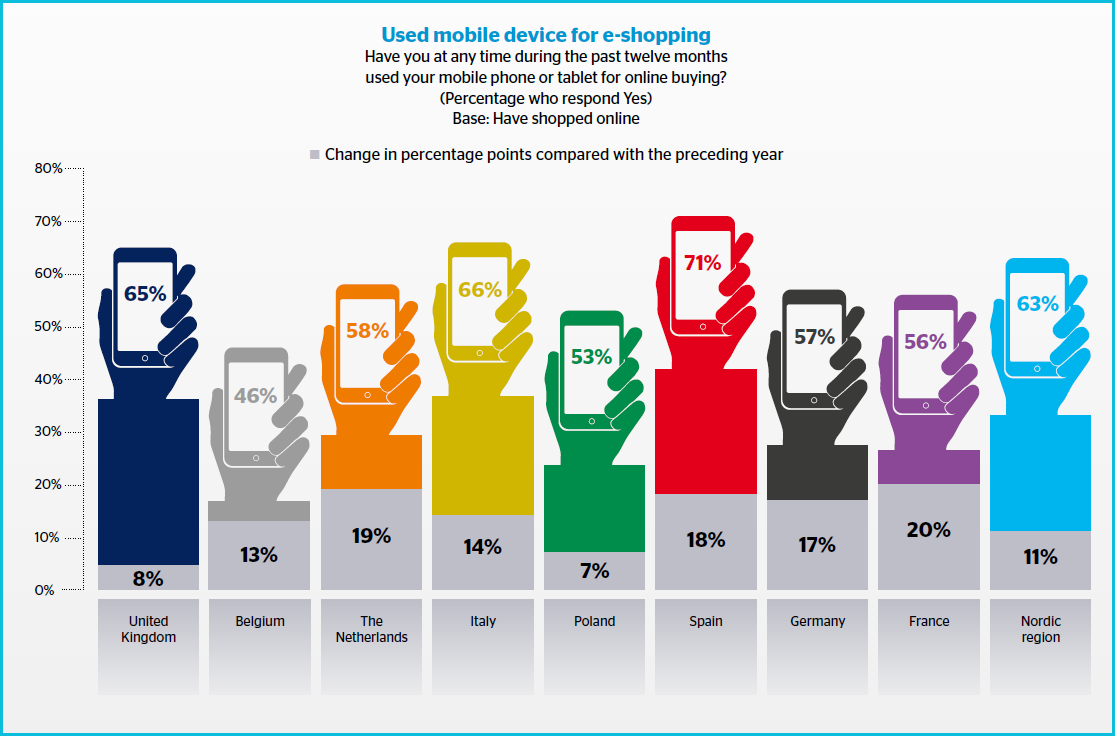What is the Trusted Shops Community of Trust?
What is the Community of Trust? How do you gain access to the 45 million shoppers in it? And how do you improve your conversions, AOV, and more?

If you’re an online shop owner looking to expand into new countries, you might be considering Spain as a new market. This is a great place to help your business grow. Here are a few things to keep in mind when entering the Spanish market.
When it comes to doing business with Spaniards, face-to-face meetings are considered very important when it comes to building a relationship, at least initially. Therefore, it makes sense to attend events where other business owners are present. Making a partnership come to fruition usually involves personal meetings.

Shutterstock/Franck Boston
When it comes to language, younger Spanish people are getting quite good at English. However, it is still not habitually used, so interpreters might be necessary.
Speaking of languages, it’s worth noting that there although classical Spanish (Castilian) is spoken by the large majority of people, there are actually four highly important languages prevalent in Spain:
Spanish (Castilian - the official language)
Galician (Galicia)
Basque (Basque country and Navarre)
Catalan (Catalonia and Balearic Islands)
Of course, there are other dialects and variants to be aware of (e.g. Valencian), but it’s worth considering this before any major meetings, etc.
Recommended reading:
Localisation: Preparing Your Online Shop to Sell Abroad
Spanish consumers might not be the biggest spenders in Europe, but they’re slowly getting there. Back in 2015, the average annual spending on online shopping was at €362. By 2018, this number grew by nearly 50% to reach €538.

Source: Statista
If we look at the UK, for example, this number has fluctuated a bit in the past few years. The UK is, however, not alone here. France, Italy, and Germany have seen fluctuations here, while Spain has seen steady growth every year.
As the Spanish market develops further and the Spanish economy continues to improve, this number should continue to rise as well.
When it comes to mobile shopping, Spain saw one of the most impressive jumps in this category from 2017 to 2018. Leading the pack at 71%, Spain had jumped up a whopping 18 percentage points from the previous year.

Source: PostNord
Although Spain has perhaps the highest penetration into mobile shopping, this is clearly a topic that is relevant for all international markets, especially in the B2C sector.
Although an impatient shopper might not like it, the average expected delivery date in Spain is just over four days. If your products are coming into Spain from abroad, this fact should work to your advantage. They will be less picky about a delivery taking a little longer than usual.

Shutterstock/Gerisima
However, it’s definitely worth noting that Spaniards are also the most likely to choose “home delivery in the evening”, so they appreciate flexibility when it comes to home delivery as well.
Spain can be a great market to dive into as you grow your business internationally. As digital marketing costs are still relatively low compared to some of its European neighbours, some test campaigns might be worth looking into. Last but not least, if you’re thinking about your business in the big picture, the Spanish market is a gateway for European countries to enter Latin America.
11/10/19What is the Community of Trust? How do you gain access to the 45 million shoppers in it? And how do you improve your conversions, AOV, and more?
Your homepage has a few seconds to make or break a sale. Learn the essential homepage best practices that build trust and turn visitors into customers.